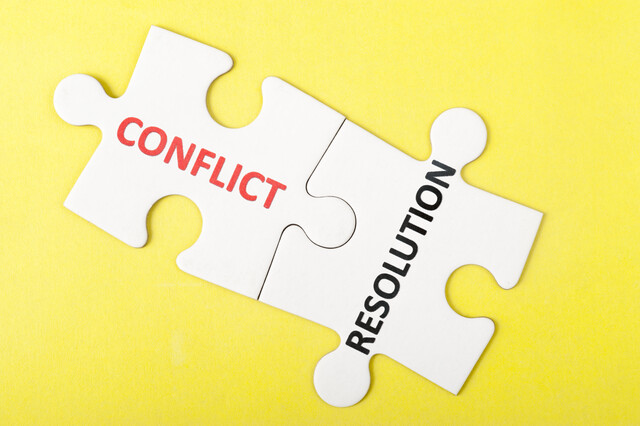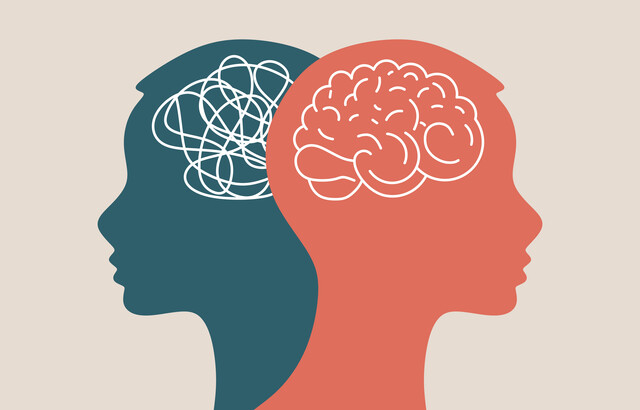All too often, exercising drops off the priority list for adults when they become busy with work, partnerships, other social relationships, caring for loved ones in need, and starting families. But exercise is critical to the health of the child and of the family unit. In this lesson, we will discuss the positive effects of physical activity for children and how to embed regular exercise into the family routine.
Importance and Positive Impacts
Physical activity is also critical for disease prevention both in childhood, such as childhood obesity, and as a precursor to disease prevention later in life, such as heart disease and osteoporosis. Conversely, when physical activity is neglected and not made a priority for a long time, the risk of physical complications, illness, poor balance, weak muscle tone, and injury increases. Of course, certain sports do increase the likelihood of a sports-related injury but most of the time, the benefit of regular physical activity in safe ways far outweighs the complete removal of injury risk by staying out of athletic activity altogether. Certain safety precautions should always be taken like ensuring helmets are purchased in the proper size, fitted correctly, and worn at all times during bike riding, as well as wearing appropriate protective gear during sports that involve any potential contact like football, soccer, and t-ball or baseball that need batting helmets and cups. If parents have concerns about safe forms of sports and how to ensure maximum safety of their child during athletic activities, the pediatrician can provide additional guidance.
Physical activity is important for the obvious reasons of physical growth and strength building in children but it is also important for reasons that may not come to mind as quickly. These include self-regulation both physically and emotionally, social skill building and social experiences, positive feelings like pride, cognitive development, and accountability to family and to a peer group, such as a team. Physical activity also has benefits throughout childhood for increasing ease in falling asleep during the bedtime routine, as well as the restorative quality of sleep. Physical activity supports families to provide children with an array of outlets for their very high, sometimes seemingly endless energy levels. Conversely, for children who tend to be more quiet and reserved and/or "low tone" physically, exercise related activities can help them increase their overall energy levels and engagement with their own body. Finally, physical activity has benefits for the whole family by potentially increasing involvement in the community through events like local 5k races, school activities like after school running or biking clubs, and neighborhood outings like group trips to the beach.
While infants and young toddlers will not be working out at the gym with their parents or playing team sports, it is still possible and advisable to begin integrating physical activity and exercise into home routines as early as possible in the child's life. For infants, parents can support physical activity and growth by facilitating motor developmental milestones. For example, the child's pediatrician will cue the parents when it is time to begin "tummy time" to facilitate early muscle strengthening and control. Another example of ways parents can encourage physical activity for healthy development in the early months is to place a few favorite toys or books just out of reach of the infant who is not yet scooting or crawling while they are engaging in their tummy time. This will encourage them to practice reaching as well as movement toward the favorite objects. Parents can provide physical prompting by scooting the infant's feet up and propelling them forward so that their reaching arms then touch the toys, simulating the feeling of scooting in the child and helping them learn how to put together the components of motor control that will lead to intentional movement toward a goal. For toddlers and young preschoolers, parents can easily embed many physical activities that would occur in a playgroup or preschool setting. These include singing along to songs that have associated specific movements to support coordination as well as exercise like "Head, Shoulders, Knees, and Toes" or "The Hokey Pokey"; doing scavenger hunts for common household items or toys and other preferred objects that require going around the house and applying a variety of ranges of movement, such as crawling behind a doorway, reaching up to a shelf, going around or over a large stationary object like the kitchen table, and having dance parties to favorite family music in the living room. For times when it is not possible to plan a specific activity like this due to time constraints or other limitations, parents can embed physical activity into already existing routines by intentionally parking far away from the entrance at the grocery store and having the child walk at least part of the way, safely and holding hands; walking to a local coffee shop or library; using stairs if they are present in the home to help the child practice supported walking and crawling with the adult behind them and physically supporting according to safety needs; demonstrating safe lifting of appropriate household items by bending at the knees; and giving young children small motor tasks to support with cooking and gardening projects.
As children get older, opportunities for physical activity become more diverse. Now the child can play sports available through local recreation centers or other organizations, such as soccer, t-ball and baseball, basketball, and even football. Playing team sports like these supports a multitude of social skills to develop as well as the obvious physical benefits. Parents also benefit from this experience by bonding with other families of children on the team and even having the opportunity to coach since many local children's sports teams are coached by parents on a volunteer basis. The child also has the opportunity to expand their social network beyond their school environment to include other children in the community and sometimes children of different ages and grades. This increases durability of the child's overall social network, as well as helping them build peer-to-peer mentoring skills and relationships with children in a broader age range. For example, on a t-ball team, there will often be a two-year range of age per league category like four to six, six to eight, eight to ten, and so on. This means the child has the chance to first participate in the team with the benefit of learning from teammates who are in their second year on the same team or in the same league category and in the following year, participate in the team as an older peer supporting new, younger players. Children should be allowed and encouraged to play a variety of different sports until they find one or more that they are motivated to play. Whether the child is new to a sport or has been playing for several years, parents and caregivers should actively model good sportsmanship and encourage learning through failure just as much as celebrating success.
There are also many options for integrating physical activity into the child's and family's life that do not involve team sports. These include dance, roller skating, ice skating, gymnastics, cheer, yoga, biking, hiking, and climbing at a local indoor climbing gym. For older children and teens, a gym membership may also be a good fit. This can be an activity parents can do with their teen and also may dovetail well with weight room activities happening as part of Physical Education (P.E.) class in middle school and high school. Many gyms will also offer at least one free personal training session to teach safe and appropriate use of weight training and cardio machines common in the gym environment like the treadmill and elliptical.
Another important physical activity for childhood ideally beginning during the preschool or school-aged years is swimming. Not only is swimming an excellent form of physical exercise, it is also a survival skill. Learning to swim fluently at a young age sets the child up to be able to safely and freely access a variety of activities in the future like pool parties, sleep away camp, and other travel-related swimming opportunities. These days, some school districts are offering vouchers to families of children who have not yet learned to swim by elementary school free of charge to be used to schedule lessons at local organizations that offer a pool and swimming program.
For children who may exhibit overall low interest in athletics of all types, consider implementing a reinforcement system associated with physical activity. Children ages six through 17 should be doing 60 minutes of physical activity per day across aerobics like swimming and jogging, bone-strengthening like jumping rope and gymnastics, and muscle-strengthening activities like weight lifting, climbing stairs, and dancing. Some of this 60 minutes will be included in the school environment through recess play, classroom yoga, and P.E. class. Parents can ask the child's teacher for a breakdown of these activities and total about how much time the child is already engaged in physical activity, and provide the child with a star or other token on a chart with boxes working toward a goal of earning a preferred item, such as a special outing to pick out a new puzzle or "choosing rights" for the next family movie night. Then the parent should provide additional opportunities at home and on community outings to engage in physical activity and track the minutes the child is engaged, for example, picking a section of the yard or garden and begin a weeding project. Select a unit of time that will result in an award, such as ten minutes of a preferred activity, and for every ten minutes the child is engaged in helping with weeding, they can earn another star in a box on their star chart.
How much exercise is too much? It is not appropriate for children to engage in too much physical activity to the point where they are too exhausted to engage in typical activities like eating dinner and showering before bedtime. Parents must be intentional in making sure their own expectations for physical activity output are adjusted to the abilities of the young child's body, as well as monitor for signs of overexertion in the child who is competitive to the point of pushing themself past a healthy boundary. Parents also need to be aware of potential additional health issues that may not be present until the child is engaging in regular sports or exercise like asthma and watch for any signs of this type of issue. It's also very important to ensure that downtime is prioritized and respected. For example, after a soccer game earlier in the day on Saturday, parents may schedule a family movie night to occur in the evening to provide intentional rest time and encourage balance in physical routines. For older children and teens, exercise can become an unhealthy obsession or can be a component of an eating disorder, in which case, families would need to seek professional help for their child. However, most of the time, by applying the above strategies into the family unit, parents can set a pattern of a commitment to physical activity as part of overall lifelong health that will enhance and enrich the lives of their children.























